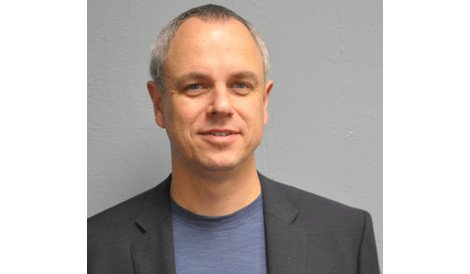More and more data is being collected, stored and transacted today thanks to the internet, social networking, smartphones and credit cards. All this activity takes place in real time, so application availability is more important than ever and reliability requirements are increasingly stringent. Much application downtime today is caused by power problems, either in a data center’s power delivery network or the utility distribution grid. This is likely to become even more so as reliability of the electrical grid continues to deteriorate.
Part of the reason power is such a frequent cause of application downtime is the effort to abstract IT hardware from applications through virtualization and “software defined data center” technologies. While abstracting servers, storage and networking, the concept of software defined infrastructure has ignored power.
It is a purely IT-centric view of the data center. Standing separately are facilities staff who operate building management systems and other infrastructure components. If you want an integrated management environment for this infrastructure you get what is called data center infrastruture management (DCIM) software. Facilities staff look to DCIM as a way to minimize inefficiencies inherent in the power distribution system and improve Power Usage Effectiveness (PUE) of the facility.
Software defined data center technologies and DCIM software are valuable tools for their respective purposes, neither addresses power-related downtime. This problem is generally addressed by setting up multiple geographically dispersed, often fully redundant data centers, configured for either hot or cold backup and failover. But automated failover and recovery is still very often plagued by problems.
Application failover to another site requires manual intervention nearly 80% of the time. A study by Symantec found that even before you get to manual intervention, 25% of disaster recovery failover tests fail completely even before getting to the manual part. These procedures need to be regularly updated and tested but more often than not, they sit dormant and unchecked, waiting for disaster to happen.
Today, software defined data center and DCIM solutions do not address the relationship between applications and power. Power should be the next resource to become software defined. While you can use software to allocate IT resources, it is not possible with power. You cannot dynamically adjust the amount of power going to a rack or an outlet, but you can, however, dynamically change the amount of power consumed by IT gear plugged into an outlet by shifting the workload. Software defined power involves adjusting server capacity to accommodate workloads and indirectly manage the power consumed.
The approach could combine power capacity management with disaster recovery procedures and other functions, such as participation in utility demand response programs. Software defined power automates disaster recovery procedures, extends them with power and utility intelligence, integrates with all your software defined data center and DCIM components and provides an integrated dashboard to manage application service levels against energy costs. Manual overwrites allow you to push applications proactively to other locations to avoid disasters or for maintenance purposes.
Because load shifting does not occur until availability of the destination has been verified, the process is risk free, and when disaster does strike, the chances of smooth transition are dramatically improved. Software defined power utilizes run-books to automate application load shifting that involve multiple and parallel tasks from standard operating procedures of both IT and facilities systems. Any run-book, whether event-driven, ongoing or scheduled, can be tested and refined until perfected to ensure error-free and secure operation.
In addition to increasing availability by affording greater immunity from unplanned downtime caused by volatile power sources, shifting application workloads across data centers also makes it easier to schedule planned downtime needed for routine maintenance and upgrades.
This cannot be done in isolation and any automated solution needs to integrate with all other software defined components throughout the data center. Therefore, implementation of software defined power brings together application monitoring, IT management, DCIM, power monitoring, enterprise-scale automation, analytics and energy market intelligence to produce a truly integrated solution. Such a solution can pay for itself by saving energy costs and taking advantage of energy market incentives.
About the author:
Clemens Pfeiffer is CTO of Power Assure and a 25-year veteran of the software industry. His past roles include process modeling and automation, software architecture and database design, and data center management and optimization technologies.
Disclaimer: Views expressed above are those of the author and do not necessarily represent the views of DatacenterDynamics FOCUS.

